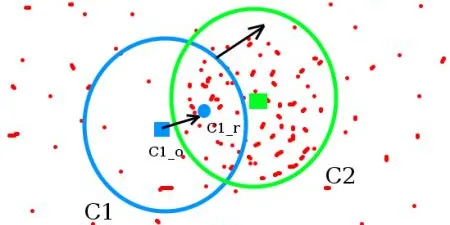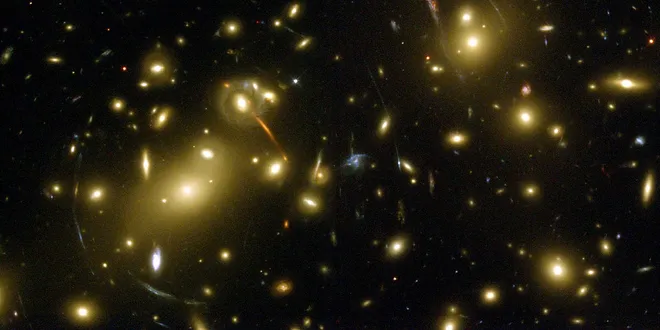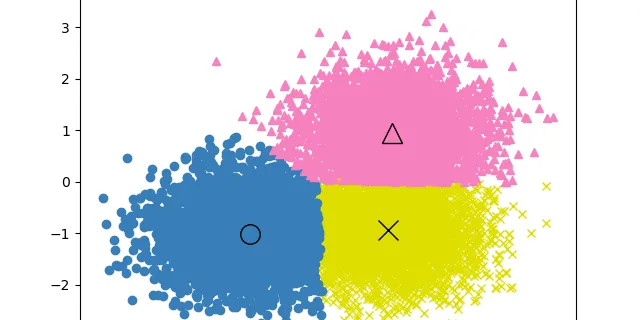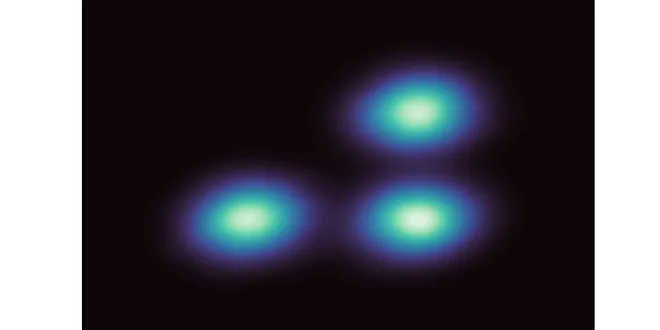Data Science & Developer Roadmaps with Chat & Free Learning Resources
Mean-Shift
Mean Shift is a powerful clustering algorithm used in unsupervised machine learning to identify dense regions within a dataset. Unlike traditional methods like K-Means, it does not require prior knowledge of the number of clusters, making it versatile for various applications. The algorithm operates by iteratively shifting data points towards the mean of nearby points, effectively locating the modes of the data distribution. This approach is particularly useful in tasks such as image segmentation and object tracking, where it can analyze spatial data and group similar items based on their characteristics.

Meanshift and Camshift
In this chapter, Meanshift The intuition behind the meanshift is simple. Consider you have a set of points. (It can be a pixel distribution like histogram backprojection). You are given a small window...
📚 Read more at OpenCV Tutorial🔎 Find similar documents

Mean Shift Clustering Algorithm Example In Python
Mean Shift is a hierarchical clustering algorithm. In contrast to supervised machine learning algorithms, clustering attempts to group…
📚 Read more at Towards Data Science🔎 Find similar documents

Unsupervised Learning Series: Exploring the Mean-Shift Algorithm
K-Means, Hierarchical Clustering, Expectation-Maximization, and DBScan are probably the most famous clustering algorithms you may know in the context of Machine Learning. However, there is another den...
📚 Read more at Towards Data Science🔎 Find similar documents

The Mean Shift Algorithm and Motion Controls
I’ve written about the Mean Shift Algorithm before, but I never gave a practical application of it. I ultimately felt unsatisfied by the article, so I wanted to revisit the topic and apply it to a…
📚 Read more at Towards Data Science🔎 Find similar documents

A demo of the mean-shift clustering algorithm
A demo of the mean-shift clustering algorithm Reference: Dorin Comaniciu and Peter Meer, “Mean Shift: A robust approach toward feature space analysis”. IEEE Transactions on Pattern Analysis and Machin...
📚 Read more at Scikit-learn Examples🔎 Find similar documents

Understanding Mean Shift Clustering and Implementation with Python
In this post, I briefly go over the concept of an unsupervised learning method, mean shift clustering, and its implementation in Python Continue reading on Towards Data Science
📚 Read more at Towards Data Science🔎 Find similar documents

Understanding Dataset Shift
Dataset shifting is one of those topics which is simple, perhaps so simple that it is considered trivially obvious. In my own data science classes the idea was discussed briefly, however, I think a…
📚 Read more at Towards Data Science🔎 Find similar documents

The Shift Operators and
The Java language provides three operator for performing bitwise shifting on 32 and 64 bit integer values. These are all binary operators with the first operand being the value to be shifted, and the ...
📚 Read more at Essential Java🔎 Find similar documents

Baseline Walkthrough for the Machine Translation Task of the Shifts Challenge at NeurIPS 2021
Distributional shift (mismatch between training and deployment data) is ubiquitous in real-world tasks and represents a significant challenge to safe and reliable usage of AI systems. This year at…
📚 Read more at Towards Data Science🔎 Find similar documents

Signed vs unsigned shift
In Java, all number primitives are signed. For example, an int always represent values from [-2^31 - 1, 2^31], keeping the first bit to sign the value - 1 for negative value, 0 for positive. Basic shi...
📚 Read more at Essential Java🔎 Find similar documents

Regression to the Mean Vs. Regression to the Tail*
Sir Francis Galton coined the term “regression to the mean” — or “regression towards mediocrity,” as he originally called it. It is now a widely used concept in statistics, describing how…
📚 Read more at Towards Data Science🔎 Find similar documents

Mean,Median and Mode — Data Science
Mean — Mean means average.you can find above dataset’s average prices for both(New delhi and lucknow) then the formula is — there is a problem with the mean, let’s see the mean which we got for new…
📚 Read more at Analytics Vidhya🔎 Find similar documents

